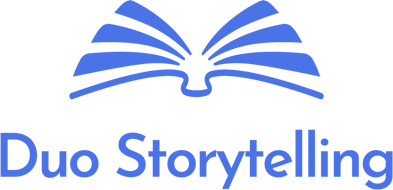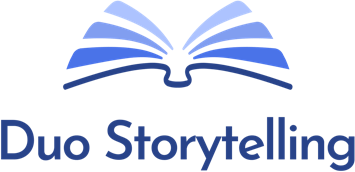Dipping your toe into the world of writing can come with some surprising culture shock. There’s a whole world of niche phrases and writer jargon hiding beneath the surface, and new authors can quickly be overwhelmed.
Before you pull your hair out wondering what a red herring or a self-insert is, read through our beginner’s guide for writer jargon.
The Basics of Writer Jargon
Some terms every writer should know to stay up-to-speed in general discussion. Understanding these words and phrases can also help you better understand feedback from fellow writers, editors, or beta readers.
- Plot: The sequence of events that make up the narrative of a story, including the main events and their causes and effects.
- Story: The overarching narrative or account of events that happen within a work of fiction or nonfiction.
- Setting: The time and place in which a story takes place, including the environment, culture, and social context.
- Theme(s): The central ideas or messages explored within a story, often reflecting on human experiences, values, or societal issues.
- Protagonist: Usually (but not always) the main character or characters in a story, typically the one(s) driving the plot forward and facing its conflicts.
- Antagonist: The character or force that opposes the protagonist, creating conflict and obstacles for them to overcome.
- Rising Action: The series of events in a story that build tension and develop the conflict, leading toward the story’s climax.
- Falling Action: The events in a story that occur after the climax, leading toward the resolution or conclusion of the plot.
- Character Development: The process of creating depth and complexity in characters throughout a story, often through changes in their personality, beliefs, or relationships.
- Show, Don’t Tell: A writing technique that emphasizes demonstrating actions, emotions, and details through dialogue, description, and character behavior rather than explicitly stating them.
- Red Herring: A narrative device or element intended to mislead or distract the audience from the true direction or outcome of the plot.
- Plot Hole: An inconsistency or gap in the plot of a story where something occurs or is explained in a way that contradicts the established rules or logic of the narrative.
The Fun, Snarky Ones
Writers aren’t all work and no play—there’s a whole world of fun and funny terms that authors use to talk shop. From words that describe writing style to terms that call out characters themselves, we’ve got you covered.
- Plotter: A writer who plans and outlines the plot and story structure before beginning to write the actual narrative.
- Pantser: A writer who prefers to write “by the seat of their pants,” without detailed planning or outlining, allowing the story to develop organically as they write.
- Self-Insert: A character in a story who closely resembles the author, often for wish-fulfillment or to project the author’s traits and experiences.
- Mary Sue: A character, often female, who is unrealistically perfect or flawless, lacking in depth or believability, and frequently serving as a stand-in for the author’s idealized self.
- Gary Stu: The male counterpart to a Mary Sue, a character who is similarly unrealistically perfect or flawless, often lacking depth and serving as a wish-fulfillment for the author.
- Manic Pixie Dream Girl: A stock character, usually female, who exists solely to inspire and bring excitement to a male protagonist’s life, often without much depth or agency of her own.
- Purple Prose: Writing that is overly ornate, flowery, or extravagant, often to the point of being pretentious or difficult to understand.
- Crit: Short for “critique,” feedback or analysis given to a writer about their work, typically focusing on strengths, weaknesses, and areas for improvement.
Editing and Publishing Terms
Editing and publishing are the other side of the writing coin, which means aspiring authors should get familiar with the right terms. Yes, writer jargon even follows you after you’re “done.” After all, how are you going to land a literary agent without knowing what a query letter is? And before that, you better approve or deny all those edits in Track Changes.
- Draft: A preliminary version of a written work, subject to revisions and editing before reaching its final form.
- Manuscript: The complete text of a written work, often in its draft form before publication.
- Developmental Edit: A thorough editing process focusing on the overall structure, plot, character development, and thematic coherence of a manuscript.
- Editorial Letter / Editorial Assessment: A document provided by an editor summarizing feedback, suggestions, and areas of improvement for a manuscript.
- Line Edit: An editing process that focuses on improving the style, clarity, and flow of writing at the sentence and paragraph level.
- Copyedit: A detailed editing process focusing on grammar, punctuation, spelling, and consistency in a manuscript.
- Proofreading: A final review of a manuscript to identify and correct errors in spelling, grammar, punctuation, and formatting before publication.
- Beta Reader: A trusted individual who reads an early draft of a manuscript and provides feedback, typically focusing on overall impressions, plot coherence, and character development.
- Query Letter: A formal letter sent to literary agents or publishers by an author seeking representation or publication, typically including a brief summary of the manuscript and author’s background.
- Comp Title / Comps: Comparable titles used by authors or publishers to indicate the genre, style, or market potential of a manuscript.
- Advance: A sum of money paid to an author upon signing a publishing contract, typically against future royalties.
- Advanced Reader Copy / ARC: A pre-publication version of a book distributed to reviewers, booksellers, and other influencers for promotional purposes.
Looking for More?
Whether you’re trying to find the perfect narrative POV for your book or trying to build your best main character, we’ve got you covered.
Find us on Instagram and Facebook for more.
Sign up for our newsletter to receive TWO FREE toolkits: Demystifying Query Letters and The Roadmap to Successful Self-Publishing.


